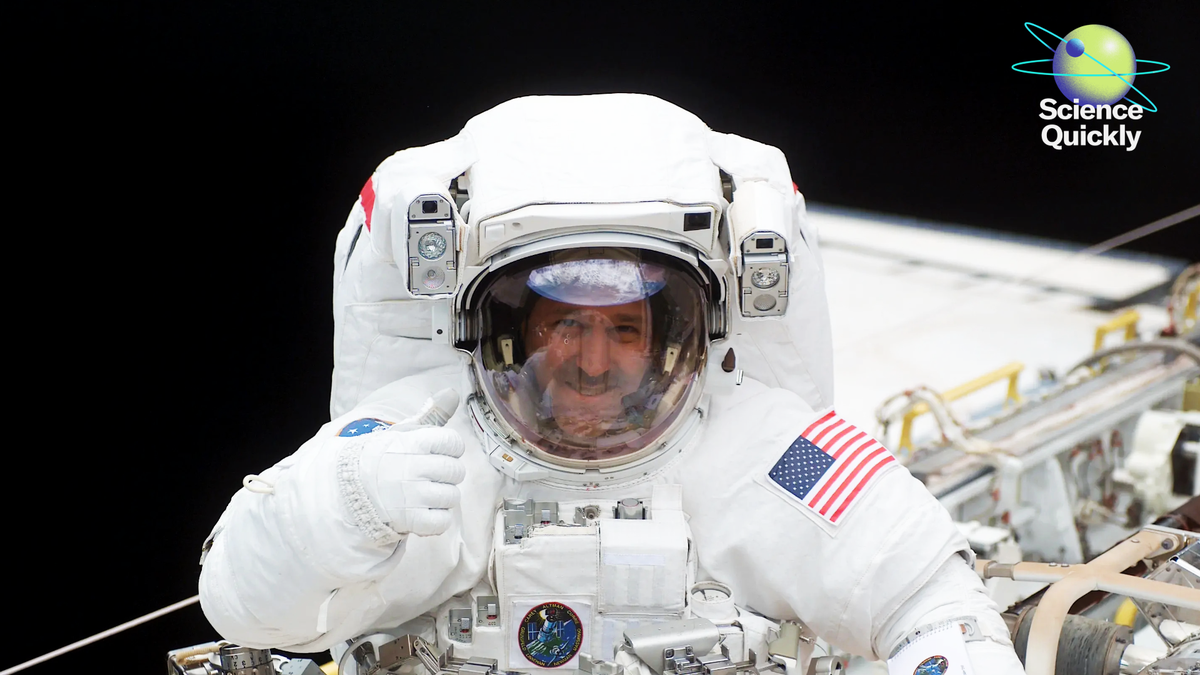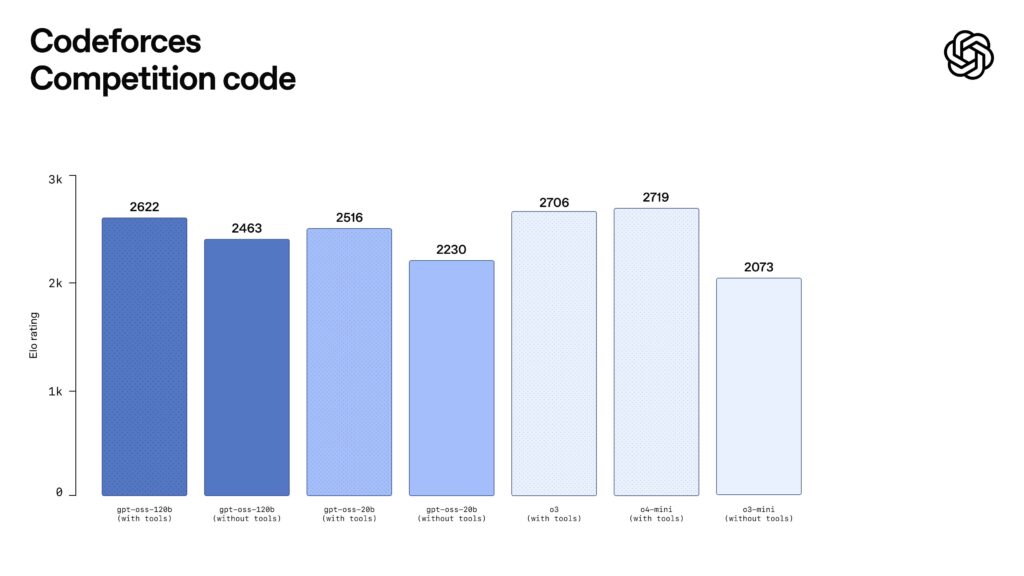Now Reading: NASA Budget Cuts Threaten Space Missions and Climate Research, Say Experts
-
01
NASA Budget Cuts Threaten Space Missions and Climate Research, Say Experts
NASA Budget Cuts Threaten Space Missions and Climate Research, Say Experts

Fast Summary
- The White House proposed notable cuts to NASA’s fiscal year 2026 budget, slashing the agency’s science funding nearly in half and reducing its overall funding to three-quarters of last year’s allocation. Adjusted for inflation, this would be NASA’s lowest budget sence the early Apollo program.
- The cuts coudl result in halting or decommissioning critical space missions involving astrophysics, planetary exploration (e.g., Juno mission at jupiter and Mars rovers), Earth observation programs like Landsat, and aeronautics research.
- All living former NASA Science Mission Directorate chiefs from reagan through Biden administrations signed a bipartisan letter warning the cuts could “cede U.S. leadership in space science,” harm a robust engineering/scientific workforce, waste taxpayer investments worth billions, and weaken international partnerships.
- Key concerns include threats to astrophysics leadership, reductions in Earth climate observation capabilities crucial for forecasting extreme weather and supporting agriculture, and undermining U.S. competitiveness against nations like China in space exploration.
Indian Opinion Analysis
NASA’s proposed budget cuts highlight significant challenges that could affect not only global scientific advancements but also day-to-day capabilities such as weather forecasting-issues relevant even to countries like India with investments in meteorology operations dependent on global partnerships. With reduced support for Earth science missions tracking climate change effects (such as precipitation patterns), India’s agriculture-dependent economy may face indirect consequences from slower data access or less collaboration on international observations.In terms of geopolitical implications, diminished U.S.-led space exploration offers opportunities for emerging players like China-possibly impacting India’s strategic alignment within future collaborations involving moon or Mars explorations. As India pursues ambitious programs such as Gaganyaan (human spaceflight) or Chandrayaan lunar missions alongside ISRO-led advancements toward interplanetary exploration efforts by 2030s-it stands to gain deeper importance bolstering critical autonomy amid shrinking Western influence within high-tech systems fostering scientific knowledge exchanges globally.
India may view developments neutrally yet strategically emphasizing vigilance; thus ensuring robust alliances across evolving innovation domains remains essential monitoring shifts led geopolitically significant downstream competitor interests shaping longer capacities equitable national forecasts worldwide

























